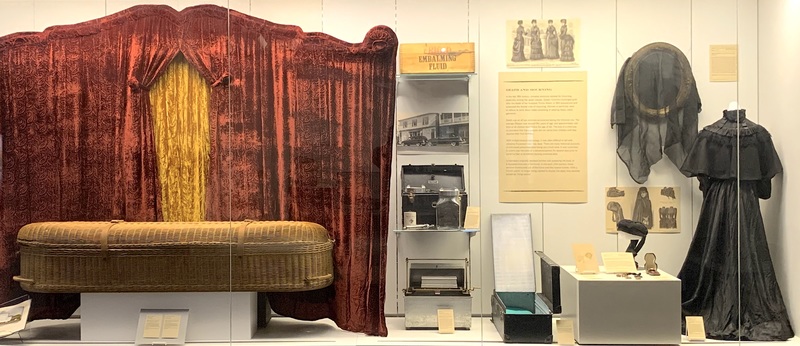Death and Mourning
In the late 18th century, complex protocols existed for mourning, especially among the upper classes.
Queen Victoria’s prolonged grief after the death of her husband, Prince Albert, in 1861 popularized and expanded the formal rules of mourning. Women in particular were to adhere to strict dress codes consisting of wearing heavy, black garments.
Death was an all too common occurrence during the Victorian era. The average lifespan was around fifty years of age, and approximately one-third of all children died before the age of ten. The loss of a child was so prevalent that many parents did not name their children until they reached their first birthday.

